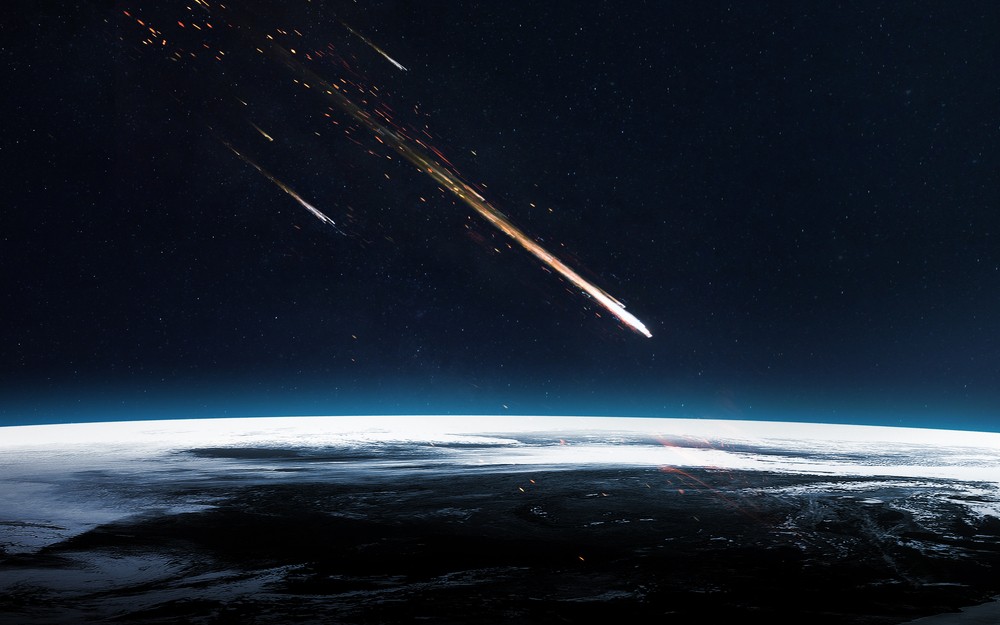Popular Reads
Top Results
Can't find what you're looking for?
View all search resultsPopular Reads
Top Results
Can't find what you're looking for?
View all search resultsFull moon might obscure Geminid meteor shower, expert says
The Geminid meteor shower, touted as this year’s most spectacular sky phenomenon, is expected to adorn the evening sky with approximately 120 meteors per hour. Provided that the sky is clear, the meteors will be visible to the naked eye.
Change text size
Gift Premium Articles
to Anyone
A
stronomy enthusiasts might be in for a treat when they stargaze on Friday and Saturday, when experts predict an ongoing meteor shower will reach its peak.
The Geminid meteor shower, touted as this year’s most spectacular sky phenomenon, is expected to adorn the evening sky with approximately 120 meteors per hour. Provided that the sky is clear, the meteors will be visible to the naked eye.
However, those based in Indonesia might find it difficult to witness the phenomenon as local astronomers predict that a full, bright moon will appear between Friday and Saturday, possibly obscuring the sight of the meteor shower.
“The Geminid meteor shower will reach its peak on Dec. 13 to 14, but it will most likely [be difficult to witness because] it will be obscured by a full moon,” National Institute of Aeronautics and Space (Lapan) head Thomas Djamaluddin said as quoted by kompas.com, adding that the meteor shower had been ongoing since Dec. 4.
Similar to Thomas’ prediction, the American Meteor Society (AMS) expected the moon to appear 96 percent full over the weekend.
“Intense moonlight might obscure the view of every object in the sky, save for bright stars. We were usually able to witness 100 Geminid meteors per hour in rural areas, but this year we might only be able to see 20 meteors [per hour],” Robert Lunsford of AMS said as quoted by Newsweek on Tuesday.
A meteor shower occurs when a space object enters the Earth’s atmosphere at high velocity, becoming disintegrated into small fragments that are generally no bigger than a single grain of sand. They will then be visible as bright lines in the sky.
The Geminid meteor shower, which presumably originated from the Gemini constellation, has a speed of 35 kilometers per second. The meteors are possibly small fragments of the 3200 Phaethon asteroid, according to Space.com. (rfa)











